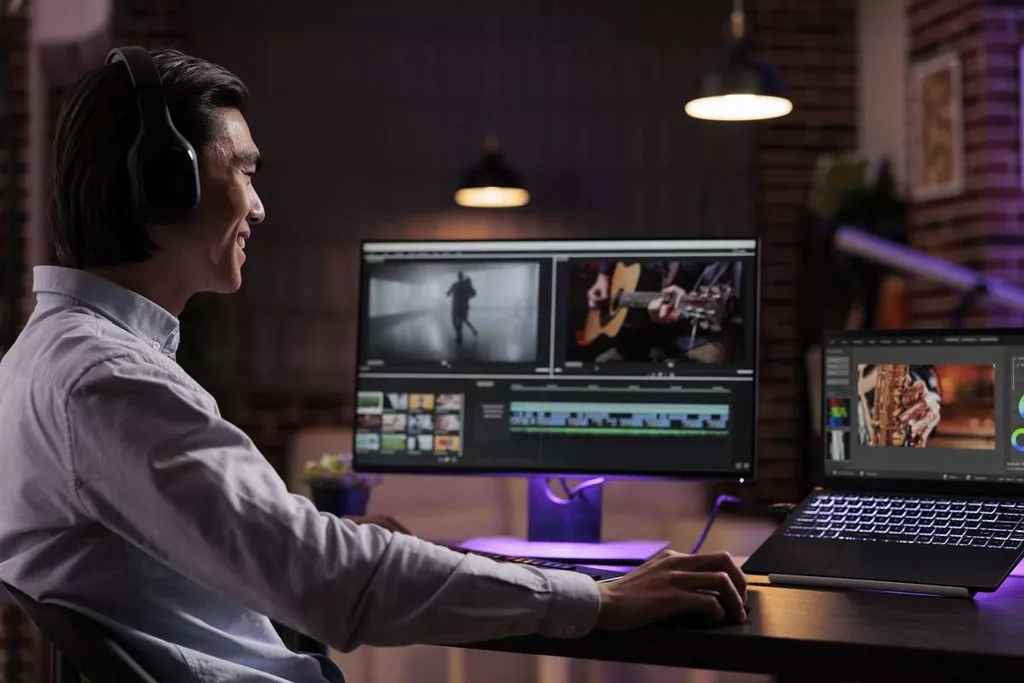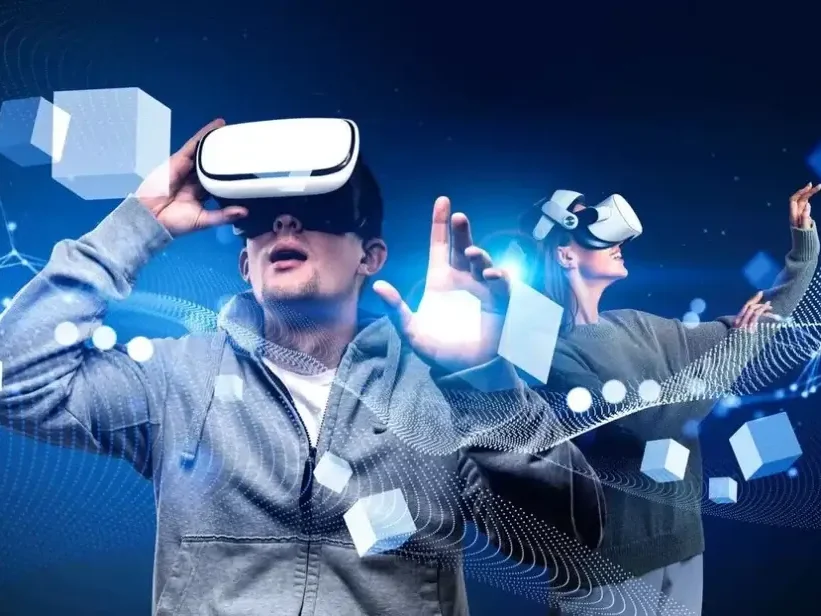Did you know that the first animated film is called Phantasmagoria, Emile Cohl directed it in 1908. In making the video, 700 images were created, and each frame was drawn by hand. Since then, the animation industry has changed a lot. Now, anyone can make such a video; the main thing is to have a desire and persevere toward the goal.
If you plan to make a career as an animator, you need to start somewhere. The good news is there are a lot of AI-ruled solutions to make the animation process more accessible. Let’s discuss in more detail the role of AI for animation in creating various videos.
Main tasks of AI in the animation industry
Well-known global corporations, including Google and Adobe develop many AI-ruled programs and applications. They facilitate and speed up the solution of many tasks beginners, and experienced animators face. The most popular platform examples are Adobe Animate, Google Deepdream, etc. They are used in various industries:
- AI in cinematic scene production: famous animation studios, including Walt Disney and Pixar, have been creating animated films that adults and children love. Previously, they had to involve a team of artists and animators to make even a small video. After the implementation of AI-ruled software and motion capture technologies, the need for human resources has dramatically decreased.
- AI in 3D animation: advanced platforms help you create 3D models with minimal time and energy. One practical use case of AI-ruled 3D elements in the medical industry is helpful during training and operations.
- AI in facial animation and social VR: research into 3D facial animation started a long time ago, but human-like performance has not been achieved until the implementation of AI. The trained VOCA (Voice operated character animation) platform has been studied to identify facial motion, using voice signals as input to animate different faces.
It is just a small list of areas where AI-ruled animation positively affects the quality of details. In recent years, there has been a real boom in animation projects worldwide, so professional animators are constantly employed. Artificial intelligence gives a new impetus to creativity; the main thing is to use such a tool correctly.

Advantages of AI in animation
Creating video animation takes a lot of time and energy. People are often not motivated to do rough work, but inventors make creative people’s lives easier with advanced technology. Artificial intelligence provides the following benefits:
- Reducing the workload: AI for animation solves business problems so that artists may only focus on creative processes.
- Data aid: animators deal with a lot of data every day. In addition to directions about characterization, they need to consider decoration, size, color scheme, environments, and graphical features. Now, this data can be processed by AI, which works as a digital assistant.
- Enhanced workflow: the animation studio may use AI-ruled techniques to improve the core feature set and simplify communications. It means a specific project’s decision-making and strategy development will be connected with AI for animation. Managers can more effectively allocate responsibilities, and artists can identify their strengths and weaknesses.
Today, there are specific tasks that the animator no longer needs to perform manually since AI-ruled automation successfully copes with them. However, there is a great need to find experienced people willing to train deep learning algorithms to perform repetitive art tasks, e.g., making the digital character look life-like. It allows advanced artists to spend less time on the laborious editing of each frame, engaging in more fun processes.
